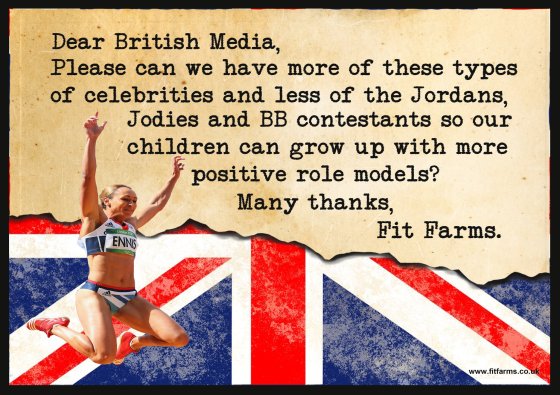
I first started blogging here nearly three years ago. This blog was only meant to be a 3 month project to promote the first #truLondon, then again there was only ever plans for 1 #TruLondon. This is post number 497. It has been a long journey. My first post was titled “whats all this unstuff?”
I was inspired to put my thoughts in to a journal by Andy Headworth of Sirona Consulting and Peter Gold of Hire Strategies. I had always written articles for the trade magazines, progressing to guest blogging, (my first ever post appeared on Jeff Lipschultz blog in the US, and then on blogging community Recruiting Blogs, but this was something different.
Keeping your own blog going requires discipline. Starting a blog is very easy. WordPress is close to idiot proof and takes about 5 minutes. The internet though is a graveyard of blogs that started with a lot of promise and then faded out. It is a real shame to see any blog go dormant. I think anyone that takes the time to write deserves encouragement. Bloggers should be sticking together to offer an environment of encouragement to keep people writing, unfortunately I see the opposite.
Twitter has become the domain of the blog snob in many ways. When the Olympics came along there was plenty of comment around how long before we see the posts proclaiming “what can recruiters learn from the olympics”. At the start of the year it was time to deride the prediction blogs. This is just wrong. Experienced bloggers should be tipping their hat to ANYONE who takes the time and effort to write, whatever the topic. Bloggers should play nicely, and those who don’t blog are not really in a position to be critical. Encourage everyone to contribute.
When I first started out I’m sure my posts were fairly terrible, but I’m blessed with thick skin. I never used to spell check or consider grammar. I was just enthusiastic to write. I advise all new bloggers to just write and see what happens. If you try to get your posts perfect then you are never going to push publish. You can edit later and you will learn as you go along. As the guys from Nike say, “Just do it!”
Over the years, this blog has moved from more of an opinion piece through to something that I hope is of some use to my readers. I’m still amazed that people keep coming back. Blogging has a lot of benefits. It has been great for helping me get known in the recruiting world globally, and to share my work. The about me and work with pages are the most visited each year.I get business from this, as well as people booking tickets to #tru events. Consistent blogging brings business, and that justifies the time and effort. Writing also means research and being constantly on the look out for new things to write about, and this means a constant learning curve. Writing a post also helps to structure your thoughts. Blogging has been an education for me which cascades in to my work. Marketing and learning for no investment other than time and effort.
This year I determined to get a bit more disciplined about my blogging, seeing my blog as central to everything I do. I now try to post 7 days a week, mixing contents between channels, people, case studys, technology, #tru and my general musings from my travels. Writing consistently, changing themes, sharing in new channels and thanks to a makeover from Ivan Stojanovic for SEO the traffic is up over 200% this year.
About a month ago I was invited to be the first blogger outside of the US to join the Human Resources Blogger Network, which is the brain child of Laurie Ruettimann and the Starr Conspiracy. This presents the opportunity to generate advertising revenues, but more importantly to get advice and mentoring from Laurie, who is one of the most successful professional bloggers in our space, as well as joining a team of peers who are all available for advice and encouragement.I know I have much to learn from them.
Joining HRBN, as well as taking on 4 paid blogging assignments has seen this blog outgrow this destination. As of tomorrow Norton Folgate: The RecruitingUnblog will be moving to wordpress.org and self-hosting at www.recruitingunblog.com. I will also be changing theme again to Gridiculous. I chose this theme because it is built to be responsive whatever device readers use, which will only make things better for readers.
I will be shutting down this blog and putting up the redirect notice. Please go there and reset your feeds. Thanks for joining me on this journey, it has been a lot of fun but is time to move on.
Bill
 This post is a bit of an experiment related to on-line influence and on-line impact. My view is that when we talk about influence, we really mean impact. Influence became a bit of a trendy word to use, multiplied by the likes of
This post is a bit of an experiment related to on-line influence and on-line impact. My view is that when we talk about influence, we really mean impact. Influence became a bit of a trendy word to use, multiplied by the likes of






